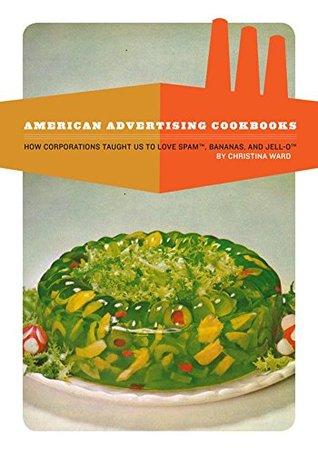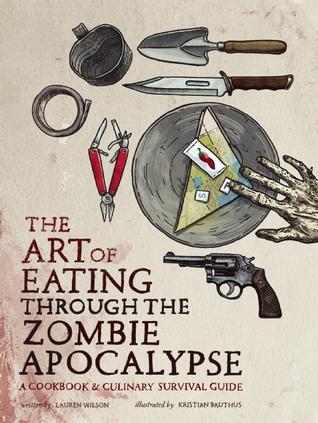
An unfortunate necessity of the human body -- eating. It's a messy business, you know, all that chewing, swallowing, masticating.
Dreadful stuff.
It is, however, a fundamental part of life, this need for sustenance, and as such there's been quite a lot of literature written on the topic. The following books cover everything from where our food comes from and how it is produced, the impact certain foods have had on our culture and the world at large, and even the act of eating (do you know what a bolus is? I do).
Now tie on your bib, grab your fork and knife, and enjoy this all-you-can-read buffet.
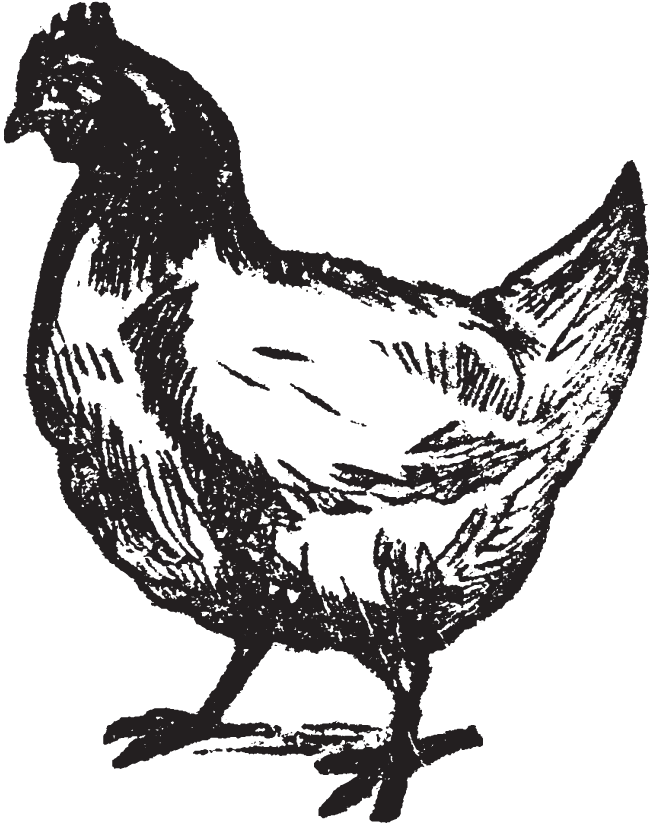
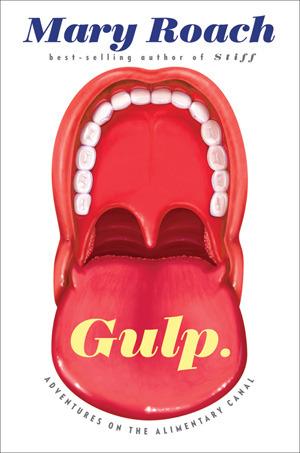
In Gulp we meet scientists who tackle the questions no one else thinks of—or has the courage to ask. We go on location to a pet-food taste-test lab, a fecal transplant, and into a live stomach to observe the fate of a meal. With Roach at our side, we travel the world, meeting murderers and mad scientists, Eskimos and exorcists (who have occasionally administered holy water rectally), rabbis and terrorists—who, it turns out, for practical reasons do not conceal bombs in their digestive tracts. Like all of Roach’s books, Gulp is as much about human beings as it is about human bodies.
Readers will learn of the role bananas played in the Iran-Contra scandal, how Sigmund Freud's nephew decided Carmen Miranda would wear fruit on her head, and how Puritans built an empire on pineapples. American food history is rife with crackpots, do-gooders, con men, and scientists all trying to build a better America-while some were getting rich in the process.
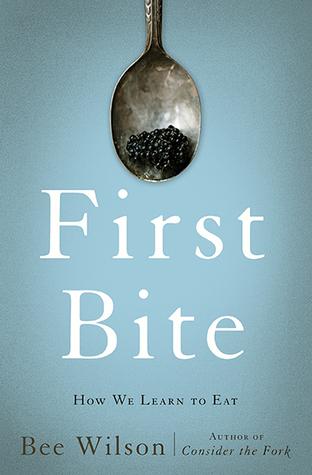
Award-winning food writer Bee Wilson draws on the latest research from food psychologists, neuroscientists, and nutritionists to reveal that our food habits are shaped by a whole host of factors: family and culture, memory and gender, hunger and love. Taking the reader on a journey across the globe, Wilson introduces us to people who can only eat foods of a certain color; prisoners of war whose deepest yearning is for Mom's apple pie; a nine year old anosmia sufferer who has no memory of the flavor of her mother's cooking; toddlers who will eat nothing but hotdogs and grilled cheese sandwiches; and researchers and doctors who have pioneered new and effective ways to persuade children to try new vegetables.
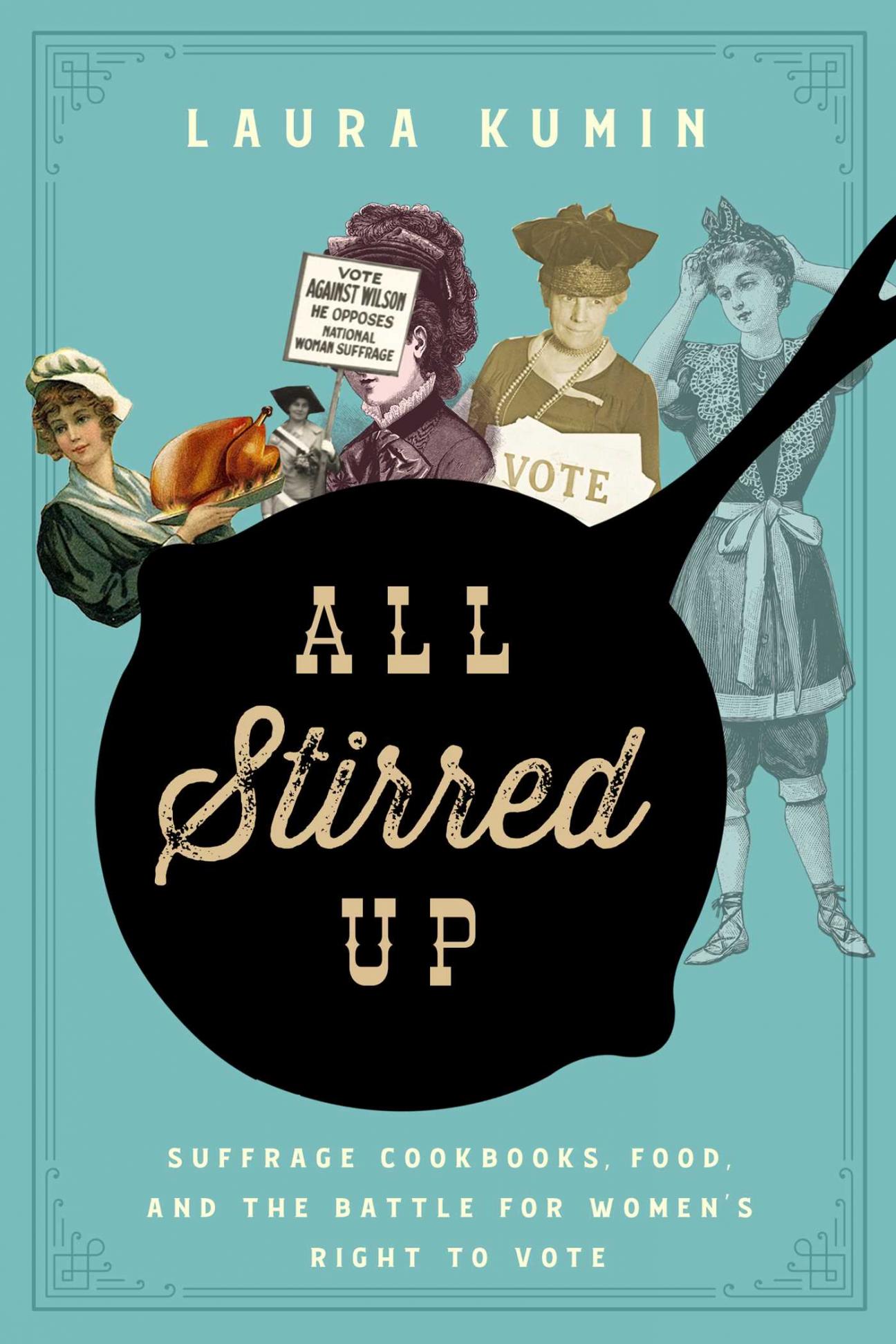
Ever courageous and creative, suffragists also carried their radical message into America’s homes wrapped in food wisdom, through cookbooks, which ingenuously packaged political strategy into already existent social communities. These cookbooks gave suffragists a chance to reach out to women on their own terms, in nonthreatening and accessible ways. Cooking together, feeding people, and using social situations to put people at ease were pioneering grassroots tactics that leveraged the domestic knowledge these women already had, feeding spoonfuls of suffrage to communities through unexpected and unassuming channels.
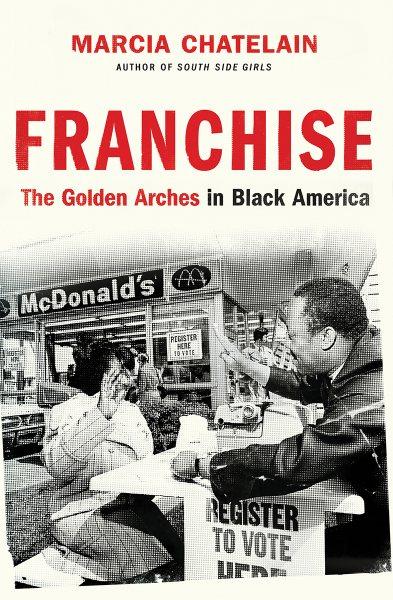
Acclaimed historian Marcia Chatelain uncovers a surprising history of cooperation among fast food companies, black capitalists, and civil rights leaders, who—in the troubled years after King’s assassination—believed they found an economic answer to the problem of racial inequality. With the discourse of social welfare all but evaporated, federal programs under presidents Johnson and Nixon promoted a new vision for racial justice: that the franchising of fast food restaurants, by black citizens in their own neighborhoods, could finally improve the quality of black life. Synthesizing years of research, Franchise tells a troubling success story of an industry that blossomed the very moment a freedom movement began to wither.
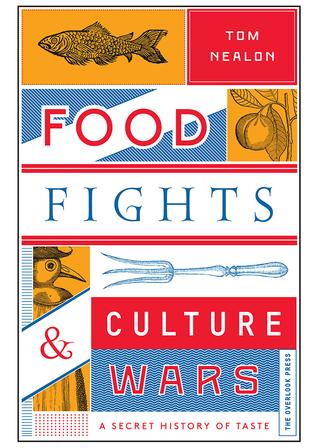
In this eclectic book of food history, Tom Nealon takes on such overlooked themes as carp and the Crusades, brown sauce and Byron, and chillies and cannibalism, and suggests that hunger and taste are the twin forces that secretly defined the course of civilization. Through war and plague, revolution and migration, people have always had to eat. What and how they ate provoked culinary upheaval around the world as ingredients were traded and fought over, and populations desperately walked the line between satiety and starvation.
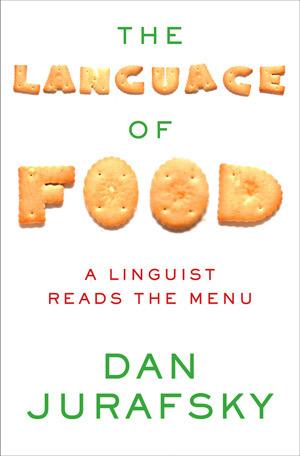
Stanford University professor and MacArthur Fellow Dan Jurafsky peels away the mysteries from the foods we think we know. Thirteen chapters evoke the joy and discovery of reading a menu dotted with the sharp-eyed annotations of a linguist.
The fascinating journey through The Language of Food uncovers a global atlas of culinary influences. With Jurafsky's insight, words like ketchup, macaron, and even salad become living fossils that contain the patterns of early global exploration that predate our modern fusion-filled world.
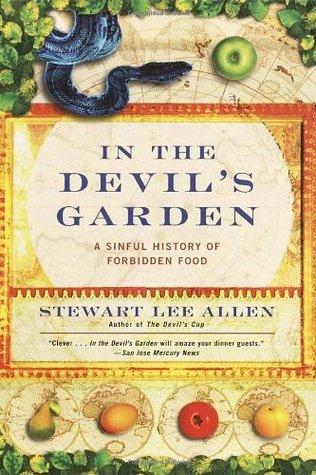
From the lusciously tempting fruit in the Garden of Eden to the divine foie gras, Stewart Lee Allen engagingly illustrates that when a pleasure as primal as eating is criminalized, there is often an astonishing tale to tell. Filled with incredible food history and the author’s travels to many exotic locales, In the Devil’s Garden also features recipes like the matzo-ball stews outlawed by the Spanish Inquisition and the forbidden “chocolate champagnes” of the Aztecs. This is truly a delectable book that will be consumed by food lovers, culinary historians, amateur anthropologists, and armchair travelers alike. Bon appétit!
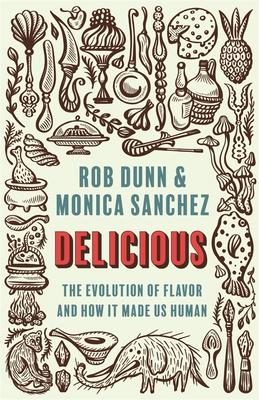
Rob Dunn and Monica Sanchez offer new perspectives on why food is enjoyable and how the pursuit of delicious flavors has guided the course of human history. They consider the role that flavor may have played in the invention of the first tools, the extinction of giant mammals, the evolution of the world's most delicious and fatty fruits, the creation of beer, and our own sociality. Along the way, you will learn about the taste receptors you didn't even know you had, the best way to ferment a mastodon, the relationship between Paleolithic art and cheese, and much more.
This is a cookbook and culinary field guide for the busy zpoc survivor. With more than 80 recipes, scads of gastronomic survival tips, and dozens of diagrams and illustrations that help you scavenge, forage, and improvise your way to an artful post-apocalypse meal, The Art of Eating is the ideal handbook for efficient food sourcing and inventive meal preparation in the event of an undead uprising.
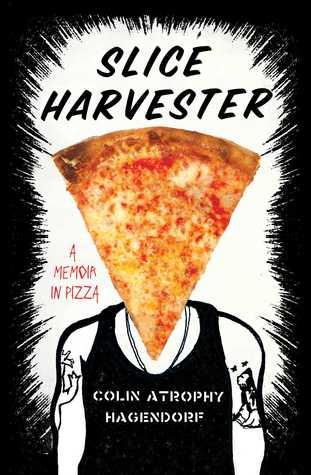
Over the course of two years, a twenty-something punk rocker eats a cheese slice from every pizzeria in New York City, gets sober, falls in love, and starts a blog that captures headlines around the world—he is the Slice Harvester, and this is his story.
Did you enjoy the buffet? Perhaps you wanted something with a little more flavor. Perhaps you would rather lap at the philosophy of eating. If you're in search of the perfect dinner, you could try studying gastronomy. I personally found our historical books on food habits to have satiated my appetite, but your palate may vary.
Make sure to save room for next month's dessert course -- we'll be exploring misdeeds and mayhem in early healthcare. Until then, enjoy your time in the vomitorium (just make sure you don't vomit in there).
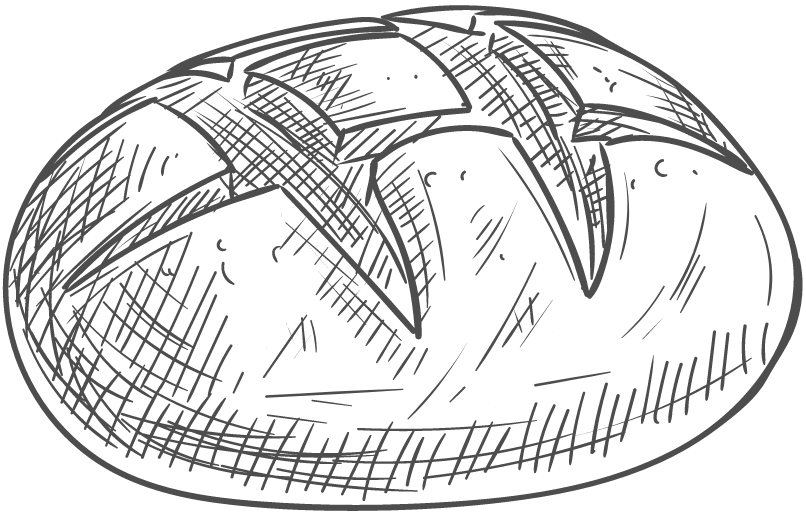
Book summaries adapted from publisher notes.
